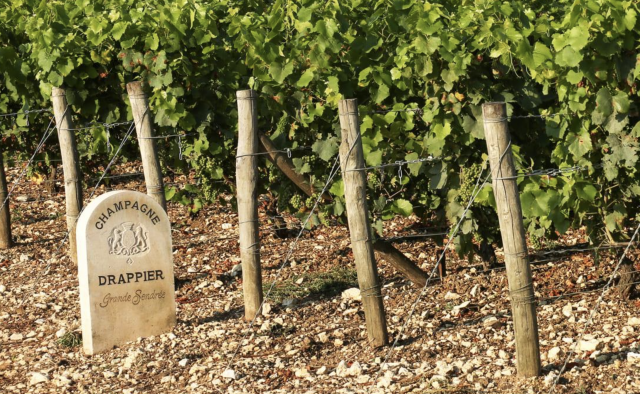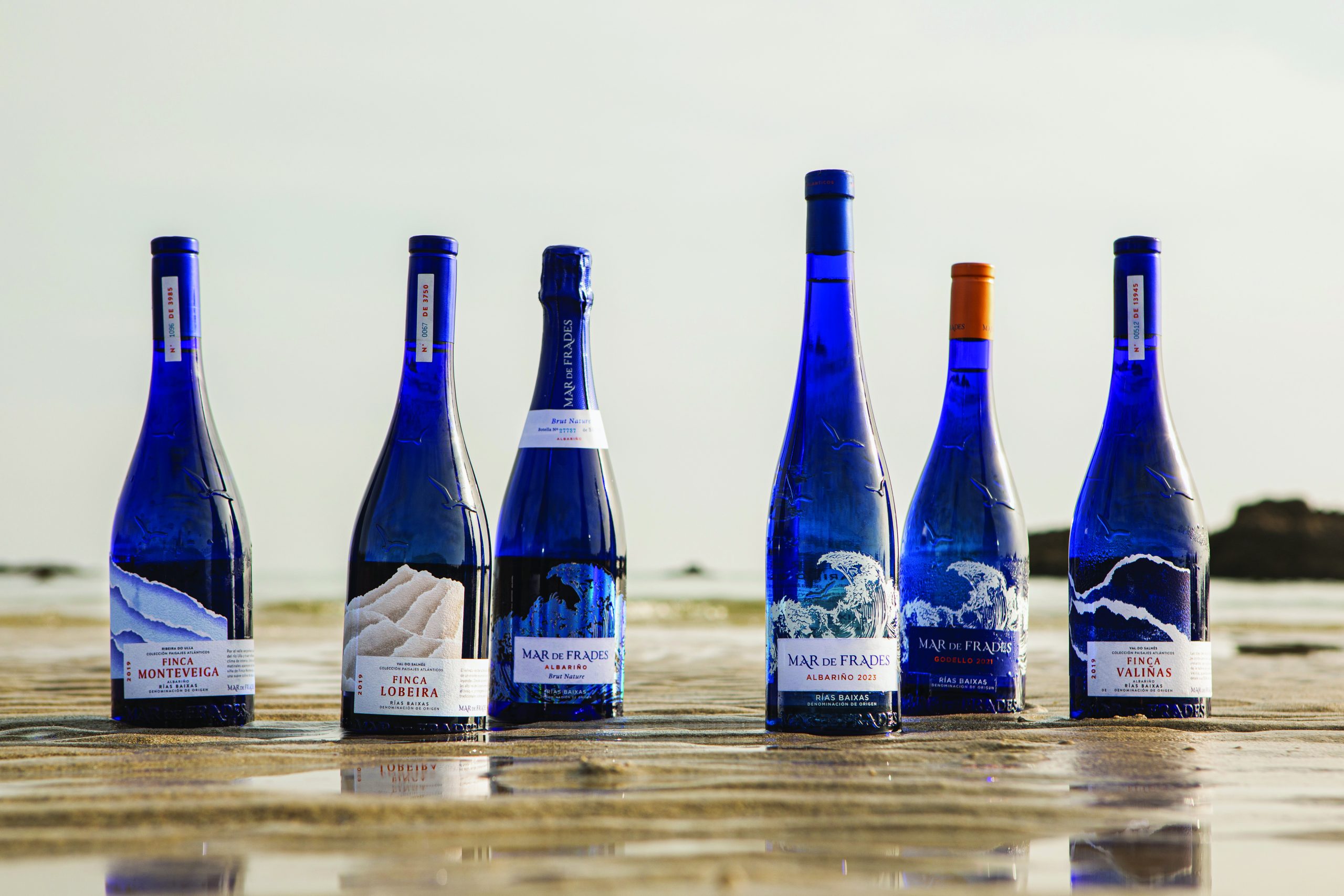Drappier becomes first to grow all eight Champagne grapes
Drappier has become the first producer in Champagne to grow all eight grapes authorised for use in the appellation, having just planted the region’s first hybrid variety.

Speaking earlier this year at an event in London, Michel Drappier, who heads up the family-owned grower and négociant, said that he would be planting the latest grape to be approved for use in making Champagne.
As one of the very few in the region to currently grow and use the seven grapes of Champagne, by planting the eighth, he is now the first to have all the authorised varieties of the region.
The long-standing seven grapes of Champagne include the three well-known varieties of the region – Chardonnay, Pinot Noir and Meunier – as well as a further four rarely-seen grapes, which are Petit Meslier, Arbane, Pinot Blanc and Fromonteau (the local name for Pinot Gris).
Michel, speaking to a mixture of UK press and trade buyers in March, said that he was “proud to plant all seven” grapes of Champagne, and “will plant the eighth next month”.
Now in the ground, Michel said that the latest grape won’t be used for making wine until 2028, and, should that wine be used to make a Champagne, it would not be able to feature in a blend until 2030 at the earliest.
So what is grape number eight? Called Voltis, it is the region’s first authorised hybrid variety, and Champagne’s inaugural PIWI – a term used for fungus-resistant grapes.
Voltis is a white grape, and has been created by France’s INRA and Germany’s Julius Kühn as part of a project launched in 2000 to develop PIWI varieties.
The new variety contains genes from Vitis berlandieri, Vitis rupestris, Vitis vinifera, and Muscadinia, and has been bred to resist both powdery and downy mildew.
Although Voltis is only being allowed for use in Champagne on a trial basis, its inclusion in the region’s rules – known as cahier des charges – means that it is the first PIWI grape to be included in an AOC specification.
Partner Content
According to Michel’s son, Hugo, who manages the vineyards at the Drappier estate, Voltis is only authorised on an experimental basis, with plantings limited to less than 5% of a property.
Also, any wine made from Voltis can only be used up to a maximum of 10% of a blend.
Furthermore, these rules will be in place over the next 10 years, during which time the quality of Champagne produced from the grape will be analysed.
Should Voltis not yield a fizz of sufficient quality, after this trial period, it could be removed from Champagne’s cahier des charges.
As written about by Giles Fallowfield in 2020’s Champagne Report by db, the Comité Champagne began a project in 2010 with the French National Institute for Agricultural Research (INRA), specifically under the INRA-ResDur sustainable resistance programme, with in situ evaluation of new varieties that could be included in the French catalogue.
The evaluation of the first series of varieties planted in 2011-12 resulted in four new varieties, two red and two white, being included in the catalogue: Voltis, Floreal, Artaban and Vidoc.
Since then, only Voltis has been approved for use in Champagne on a trial basis.
Voltis is said to be resistant to both downy and powdery mildew so could help the Champenois reduce the frequency of applications of fungicides, insecticides and herbicides (the latter were due to be banned in Champagne by 2025).
Meanwhile, in 2014, the CIVC launched a regional programme involving cross-breeding with Pinot Noir, Gouais, Chardonnay, Meunier, Arbane and Petit-Meslier.
Related news
Non-vintage is ‘putting together a puzzle’ says Champagne Lallier




